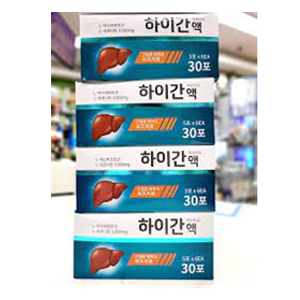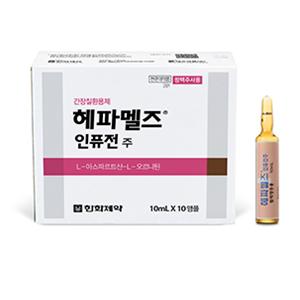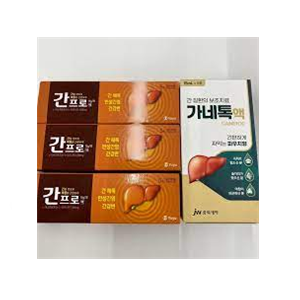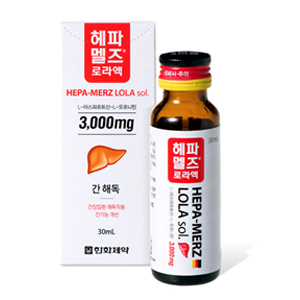Food additive
A. Overview
Ornithine is an amino acid that, unlike other amino acids, does not constitute protein, but still performs various functions in the human body. Ornithine is involved in converting ammonia to urea in the urea cycle and converted to proline and made into collagen in skin tissues. As a precursor of polyamine, it is also involved in cell growth, differentiation and multiplication.
It is known to exist in most living things, including humans, animals, plants and microorganisms. It is present in a relatively high concentration in Asian clams (0.01 to 0.015%) and in breast milk (at a higher concentration than cow milk).
Ornithine isapproved as a food additive in Korea, the United States, Japan and Thailand for better flavor of foods. It has been developed as apharmaceutical and has been used mainly to lower the ammonia concentration in the blood from hepatitis or liver cirrhosis. In addition, ornithine promotes the secretion of growth hormones and is used as a supplement for bodybuilders. Ornithine is known to help people recover from fatigue and improve athletic ability. It reduces hangover after drinking, relieves fatigue and heaviness. When ingested, ornithine promotes the synthesis of collagen, which helps skin regeneration of burned skin and increases glow and elasticity of skin.
Ornithine is involved in excreting harmful ammonia produced as a result of protein metabolism in the human liver in the form of urea. Polyamines are obtained from ornithine via ornithine decarboxylase. Polyamines are involved in protein synthesis cell cycle, development, growth and death, and also inhibits aging. Collagen, a type of protein of the skin, contains 23% of proline compounds.
The major portion of proline in the collagen comes from ornithine or glutamic acid not from the proline in the diet.
Ornithine hydrochloride is enlisted in Codex(JECFA 2120 ) and in US it is a GRAS food chemical for flavourings.
B. Physicochemical properties
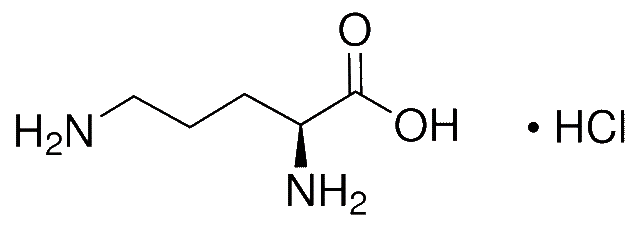
| Product name | L-Ornithine hydrochloride, (2S)-2,5-diaminopentanoic acid hydrochloride |
| CAS No. | 3184-13-2 |
| Molecular formula | C5H13ClN2O2 |
| Molecular weight | 168.62 |
| Solubility | very soluble in water |
| Appearance and taste | white solid substance with a slightly sour taste |
C. Distribution
| Sample | Ornithine (mg/100g) | |
|---|---|---|
| Wheat | 0.00013 | |
| Watermelon | 0.0026 | |
| Corn | 0.96-8.92 | |
| Rice | 0.038-0.136 | |
| Lobster | 343 | |
| Beef | 1.49-1.58 | |
| Asian clams | 10.7-15.3 | |
| Human body | Plasma | 2.23-2.70 |
| Urine | 0.84 | |
| Milk | Fore milk | 0 |
| 60 days | 0.15 | |
| Breast milk | Fore milk | 0.41 |
| 21 days | 1.88 | |
D. Product specification
| Food type | flavor enhancer |
| Item number | 2005044505514 |
| Category | Specification | Note |
|---|---|---|
| Appearance | White crystalline powder | |
| Content | 99.0%-101.0% | |
| Specific optical rotation, [α]20/D | +23.0 - +25.0 | |
| Chloride | 20.0-22.0% | |
| Loss on drying | 0.2% or less | |
| pH | 5.0-6.0 | |
| Lead | 1.0 ppm or less | |
| Arsenic | 0.1 ppm or less | |
| Ash | 0.1% or less | |
| Common bacteria | 1000cfu/g | |
| Coliform bacteria | Negative |
| Storage method | store in a cool place out of direct sunlight and use immediately after opening. |
| Shelf life | two years from the date of manufacture |
| Packaging | AL/PE, PE |
E. Products containing ornithine hydrochloride
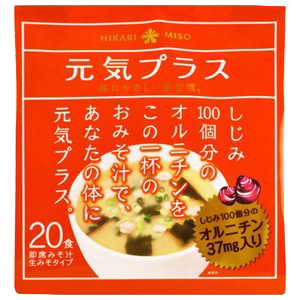
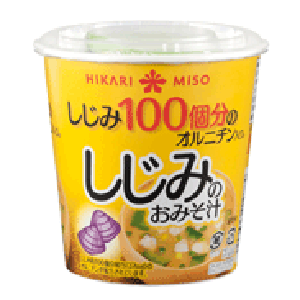
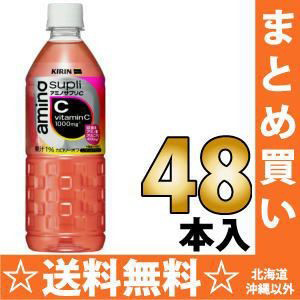
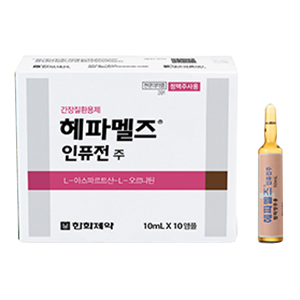
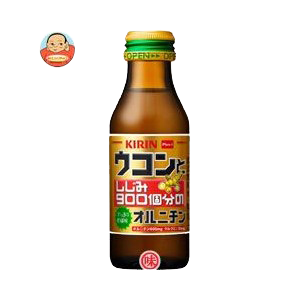
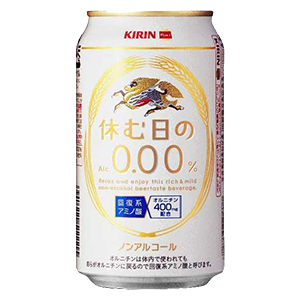
A. Overview
GABA is a substance that exists in the human body and is involved in neurotransmission with glutamic acid.GABA was first discovered in potato tubers in 1949 by Steward, Thompson, & Dent. In a year later GABA was also found in the brain of mammals. Late 1950s it was a puzzle that GABA content of CNS was much higher than that of other organ. In animals, it is present in the brain, kidney, heart and lungs. In plants, it is present in the leaves, stems and roots. Signal transduction in the human brain is carried out by the glutamic acid, an excitatory neurotransmitter.
Effect on the human body
GABA plays an important role in regulating neuronal excitability throughout the nervous system and has several well-known physiological functions.GABA is linked with several psychiatric and neurological disorders, such as anxiety, pain, depression, insomnia and epilepsy. In addition, GABA has hypotensive, sedative, diuretic and antidiabetic effects, regulates lipid levels in serum, inhibits the proliferation of cancer cells and improves memory and learning ability. Along with the GABA shunt, GABA was also synthesized via the polyamine route. GABA also acts as a solid substance in response to various stressors such as mechanical, stimuli, hypoxia, cellular oxidation, water, darkness, drought and salt stressors.
Due to the beneficial effects of GABA, the demand is currently seeing an increase. GABA is classified as a bioactive ingredient and has significant use in food and pharmaceutical drugs. Various traditional foods containing GABA obtained through microbial fermentation are safe and eco-friendly. The demand for healthful foods rich in GABA can be met by producing GABA in living organisms.
MH2 Biochemical Co., Ltd. is producing competitive high-purity GABA by introducing manufacturing technology of lactic acid bacteria in kimchi (patent number:) combined with excellent GABA production capacities and existing separation and purification technology.
B. Physicochemical properties
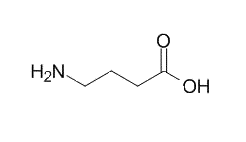
| Product name | 4-aminobutyric acid, gamma-Aminobutyric acid, 4-aminobutanoic acid |
| CAS No. | 56-12-2 JECFA 1771 |
| Molecular formula | C4H9NO2 |
| Molecular weight | 103.12 |
| Solubility | very soluble in water |
| Appearance and taste | white solid substance with a slightly sour taste |
C. Distribution
| Sample | Ornithine (mg/100g) | ||
|---|---|---|---|
| Cheese | 37-374 | Prieto 2002 | |
| Milk | 37-44 | Servili 2011 | |
| Yogurt | 1.3 | park 2005 | |
| Orange juice | 187 | Cerrillo 2015 | |
| Fermented soy milk | 939 | Tsai 2006 | |
| Bread | 11 | Coda 2010 | |
| Kimchi | 200 | Oh 2008 | |
| Spinach | 42.7 | Dry matter | Oh 2003 |
| Potato | 17.1 | ||
| Sweet potato | 14.1 | ||
| Yam | 13.3 | ||
| Kale | 7.9 | ||
| Broccoli | 4.4 | ||
| Carrots | 2.9 | ||
| Onion | 1.2 | ||
| Chestnut | 19.4 | ||
| Apples | 0.2 | ||
| Shiitake mushrooms | 4.5 | ||
| Seaweed | 3.8 |
Studies in Natural Products Chemistry
Volume 57, 2018, Pages 413-452
D. Product specification
| Food type | synthetic fragrance |
| Item number | 2005044505515 |
| Category | Specification | Note |
|---|---|---|
| Appearance | White crystalline powder | |
| Content | 95% or more | |
| Loss on drying | 1.0% or less | |
| pH | 6.0-7.5 | |
| Lead | 2 ppm or less | |
| Ash | 0.5% or less | |
| Common bacteria | 1000cfu/g | |
| Coliform bacteria | Negative |
| Storage method | store in a cool place out of direct sunlight and use immediately after opening |
| Shelf life | two years from the date of manufacture |
| Packaging | Al/PE, PE |
E. Products containing GABA
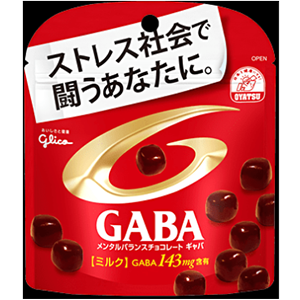
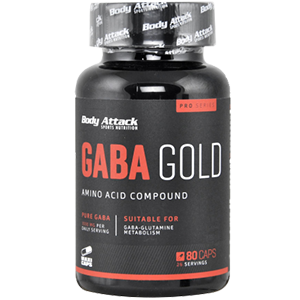
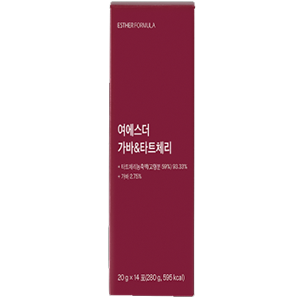
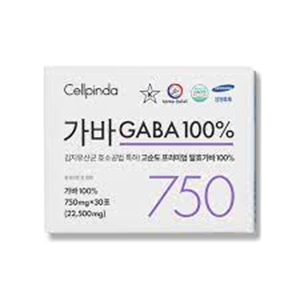
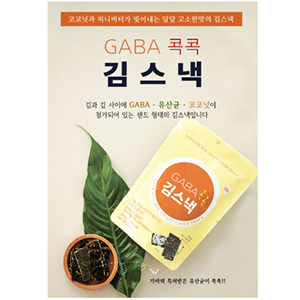
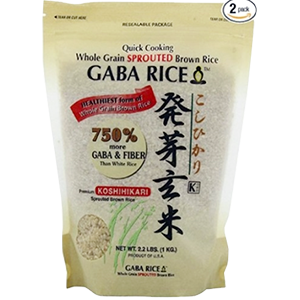
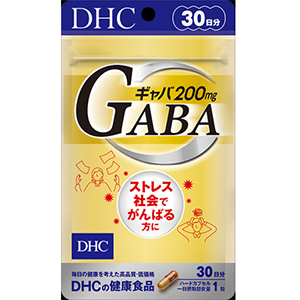
A. Overview
Citrulline is not a protein-forming amino acid, but exists widely in living organisms in a free state. It was detected in the juice of watermelon in 1914 and its name was derived from the Latin word for watermelon, citrullus. Citrulline is involved in converting ammonia, a toxic substance produced by amino acid metabolism, into harmless urea in the urea cycle. Ammonia and carbon dioxide are combined with ornithine to form citrulline. Citrulline produces arginine in the presence of aspartic acid and ATP. Arginine is again decomposed into urea and ornithine and urea is excreted from the body by the kidneys.
Arginine, a component of protein, also plays an important role in protecting the body from the outside by producing nitric oxide. It is involved in the erection of the penis during sexual activity. When arginine is ingested as food, a significant portion is decomposed into ornithine in the intestine, but when ingested as citrulline, it is converted into arginine in the kidneys. The citrulline gives rise to elevate nitric oxide higher than arginine.
B. Physicochemical properties
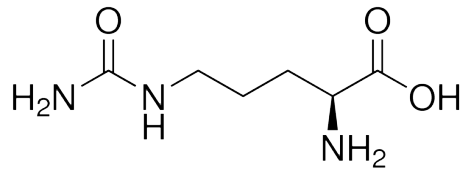
| Product name | L-citrulline, acid, 2-amino-5-ureidovaleric acid, (2S)-2-amino-5-(carbamoylamino)pentanoic acid |
| CAS No. | 372-75-8 |
| Molecular formula | C6H13N3O3 |
| Molecular weight | 175.19 |
| Solubility | very soluble in water |
| Appearance and taste | white solid substance with a slightly sour taste |
C. Distribution
| Sample | Part | Citrulline (ug/g) |
|---|---|---|
| Cucumber | Pulp | 145 |
| Skin | 106 | |
| Watermelon | Pulp | 1680 |
| Skin | 1317 | |
| Wheat | Leaves | 1.75 |
| Watermelon | Cotyledon | 122 |
| Human body | Plasma | 7.0 |
Brazilian J Development V7 26849 (2021)
D. Product specification
| Food type | chemical synthetic product |
| Product License number | 200504450552 |
| Category | Specification | Note |
|---|---|---|
| Appearance | White crystalline powder | |
| Content | 99% or more | |
| Loss on drying | 1.0% or less | |
| pH | 6.0-7.5 | |
| Lead | 2 ppm or less | |
| Ash | 0.5% or less | |
| Common bacteria | 1000cfu/g | |
| Coliform bacteria | Negative |
| Storage method | store in a cool place out of direct sunlight and use immediately after opening |
| Shelf life | two years from the date of manufacture |
| Packaging | Al/PE, PE |
E. Products containing Citrulline
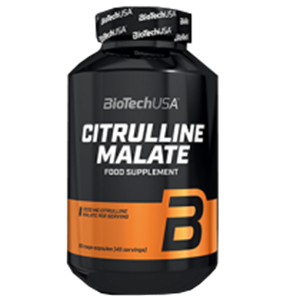
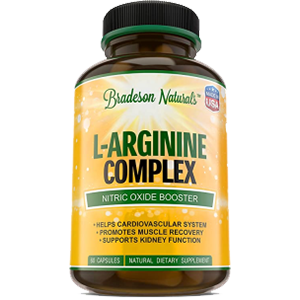
A. Overview
Theanine is a non-protein amino acid that was discovered in 1940 by Sakato in Japan. Theanine is also found in some mushrooms, but most of it is contained in tea plants in Camellia trees. Synthesis of theanine in tea plants start mainly in the roots. It is later transmitted through the stems to the leaves. Usually, the theanine content in leaves is one to three percent, but it varies depending on the time of leaf picking. Theanine is relatively stable in aqueous solution and has a slightly sweet taste, which has a synergistic effect with other flavor enhancers such as MSG, IMP and GMP.
There are many reports that theanine is effective in reducing stress, improving learning abilities, preventing coronary artery disease, reducing weight and enhancing immunity. Orally ingested theanine is absorbed in the intestine and delivered to various parts of the body with blood. Theanine delivered to the brain emits an alpha wave, which is a sign of stress reduction. There are also reports that ingesting theanine with caffeine enhances learning abilities. Several reports suggest that theanine may increase the palatability of food and may also benefit health and improve cognitive abilities.
Water-soluble component of tea leaves
| Component | Content (g/kg) |
| Polyphenols | 360 |
| Caffeine | 30 |
| Theanine | 15-30 |
| Protein | 150 |
| Chlorophyll | 5 |
| Other organic acids | 15 |
B. Physicochemical properties
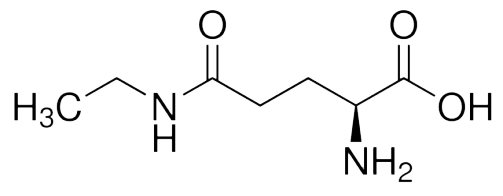
| Product name | L-Theanine, N-Ethyl-L-glutamine, (2S)-2-amino-5-(ethylamino)-5-oxopentanoic acid |
| CAS No. | 3081-61-6 |
| Molecular formula | C7H14N2O3 |
| Molecular weight | 174.20 |
| Solubility | soluble in water |
| Appearance and taste | white solid substance with a slightly sour taste |
C. Distribution
| Sample | theanine mg/g | |
|---|---|---|
| Camellia sinensis Huangjinya | Stem | 2.0 |
| Root | 38 | |
| Early leaves | 39 | |
| Second leaves | 22 | |
| Third leaves | 17 | |
| Late leaves | 14 | |
| Camellia sinensis | Seed | 4.5 |
| Camellia japonica | Seed | 1.1 |
D. Product specification
| Food type | flavor enhancer |
| Item number | 2005044505518 |
| Category | Specification | Note |
|---|---|---|
| Appearance | White crystalline powder | |
| Content | 98.0%-102.0% | |
| Specific optical rotation | +7.7 - +8.5 | |
| Loss on drying | 0.5% or less | |
| pH | 5.0-6.0 | |
| Ash | 0.2% or less | |
| Chloride | 210 ppm or less | |
| Arsenic | 4.0 ppm or less | |
| Lead | 2.0 ppm or less | |
| Common bacteria | 1000cfu/g | |
| Coliform bacteria | Negative |
| Storage method | store in a cool place out of direct sunlight and use immediately after opening |
| Shelf life | two years from the date of manufacture |
| Packaging | Al/PE, PE |
E. Products containing L-Theanine
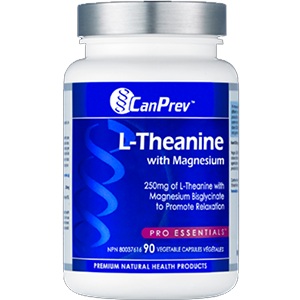
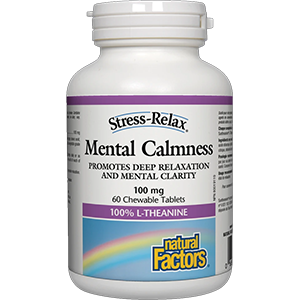
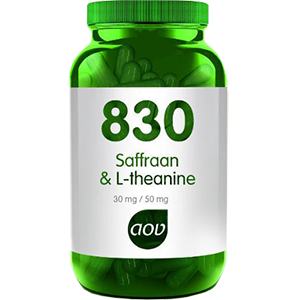
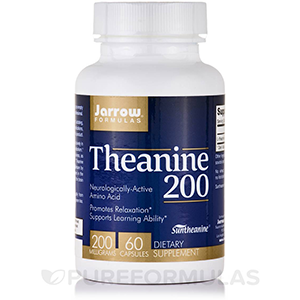
A. Overview
L-Ornithine-L-Aspartate is used to treat liver disease, such as hepatitis, cirrhosis and encephalopathy. Since developed by Merz Co. (Germany) early seventies, it is widely used in approximately 70 countries, and is enlisted in the Korean Pharmacopoeia.
Ornithine is involved in urea cycle to excreting harmful ammonia produced as a result of protein metabolism from the human liver in the form of urea. Aspartic acid is converted into glutamic acid and helps reduce ammonia in the blood by converting the excess ammonia into glutamine.
B. Physicochemical properties
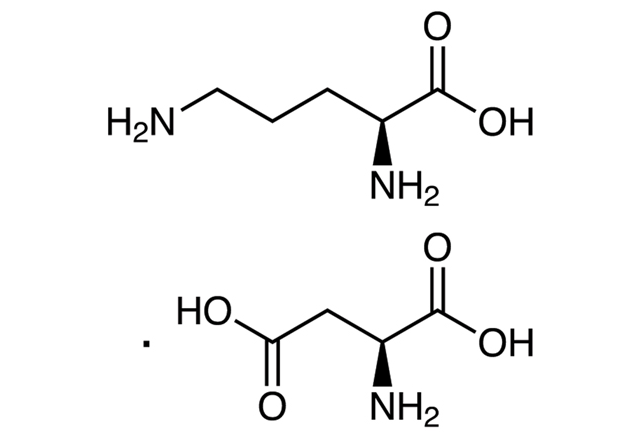
| Product name | L-Ornithine-L- Aspartate |
| CAS No. | 3230-94-2 |
| Molecular formula | C9H19N3O6 |
| Molecular weight | 265.26 |
| Solubility | very soluble in water |
| Appearance and taste | white crystalline powder |
C. Product specification
| Food type | chemical synthetic product |
| Item number | 2005044505511 |
| Category | Specification | Note |
|---|---|---|
| Appearance | White crystalline powder | |
| Content | 98.0% or more | KP |
| Specific optical rotation | +26.5 – +28.5 | KP |
| Chloride | 300 ppm or less | KP |
| Loss on drying | 3.0% or less | KP |
| pH | 6.0-7.0 | KP |
| Heavy metal (Lead) | 10.0 ppm or less | |
| Arsenic | 0.1 ppm or less | KP |
| Ash | 0.1% or less | KP |
| Common bacteria | 300cfu/g | USP 34<61> |
| Coliform bacteria | Negative | USP 34<62> |
| Storage method | store in a cool place out of direct sunlight and use immediately after opening. |
| Shelf life | two years from the date of manufacture |
| Packaging | AL/PE, PE |
D. Products containing L-Ornithine Aspartate
